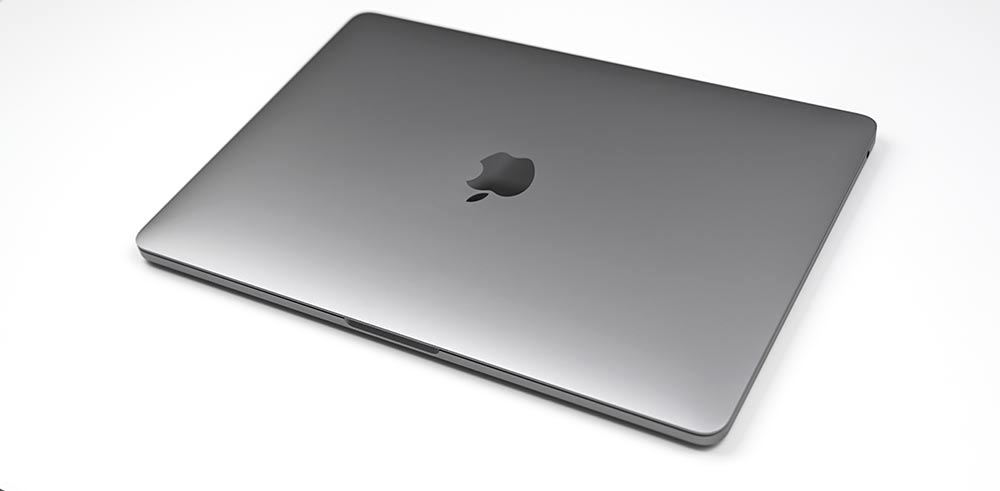

- #How much ram is necessary for a mac pro 2016 mac os x
- #How much ram is necessary for a mac pro 2016 install
- #How much ram is necessary for a mac pro 2016 update
- #How much ram is necessary for a mac pro 2016 Patch
MacOS Sierra can automatically sync all files on your Desktop and in your Documents folder with other Macs running Sierra. WiFi does not function on these unsupported systems if they have the Broadcom BCM4321 WiFi module:
#How much ram is necessary for a mac pro 2016 Patch
You will need a USB drive 8 GB or larger and Mistr’s patch tool, which is linked on his page.
#How much ram is necessary for a mac pro 2016 update
Note: If you have the Early 2009 Mac Pro and have installed the firmware update patch so it identifies itself as MacPro5,1, you can run the standard installer.
#How much ram is necessary for a mac pro 2016 install
Sierra can run with 4 GB of system memory, but as with all recent versions of OS X, more memory will allow it to run even better.Ĭolin Mistr has published a macOS Sierra Patch Tool, which currently allows you to install and run macOS Sierra on the following officially unsupported hardware: It may be possible to swap out the Merom CPU in some Macs for a Penryn, which would then allow Sierra to run. In theory, it should be possible to get Sierra running on any Penryn or later Mac. Hardware requirements for macOS Sierre include a CPU with SSE4.1, so it cannot be run on any Mac with a CPU prior to the Penryn Core 2 Duo. Hacking macOS Sierra for Unsupported Macs (We recommend at least 4 GB of RAM.) Officially Supported MacsĪll Late 2009 and later MacBook and iMac models are supported in macOS Sierra, as are all 2010 and newer MacBook Air, MacBook Pro, Mac mini, and Mac Pro computers. 20, 2016 and officially requires a supported Mac with at least 2 GB of system memory and 8.8 GB of available storage space. Now it’s simply macOS Sierra – in keeping with iOS, tvOS, and watchOS.
#How much ram is necessary for a mac pro 2016 mac os x
Mac OS X is no longer being called OS X, and Apple is not promoting Sierra with a version number either (however, it is internally identified as OS X 10.12). No MacBook and iMac models prior to Late 2009 and no MacBook Air, MacBook Pro, Mac mini, and Mac Pro models prior to 2010 are officially supported by macOS Sierra, although workarounds have been developed for most unsupported 20 Macs. However, for most of us, 16GB will be fine.For the first time since Apple released OS X 10.8 Mountain Lion in July 2012, Apple has dropped support for a number of older Macs that had supported OS X 10.8 through 10.11 El Capitan.

If you do intensive video work or AV/VR development, you may need 32GB. If you run multiple virtual machines, you may need 32GB. That amount is good for enthusiasts and workstations. You can never have too much memory, so if money is no object, sure, go ahead and spring for 32GB. There are, of course, some caveats to my 16GB recommendation. However, for most users, if you upgrade from 16GB to 32GB, you won’t notice much of a speed increase. For example, if you upgrade from 4GB to 8GB or 16GB, you’ll feel like your Mac has been turbo-boosted.

While it’s true that a Mac with more RAM feels noticeably faster, that’s only true up to a point. My experience has led me to conclude that 16GB is a perfect amount of RAM for pro work and most demanding games.

(And my AWT compadre, Marty, says the most he’s ever had in any computer he owns is 8GB. With 16GB of memory and Pages, Safari, iTunes, Mail, Calendar, Photos, and Pixelmator Pro usually all open at the same time, there’s almost never a hiccup in performance. That’s what I’ve used in my various iMacs over the years, and it’s served me just fine. Planning to buy one of those new MacBook Pros and deciding whether to fork out an extra $400 to upgrade to 32GB of RAM? My advice: save yourself some cash and go with 16GB instead.


 0 kommentar(er)
0 kommentar(er)
